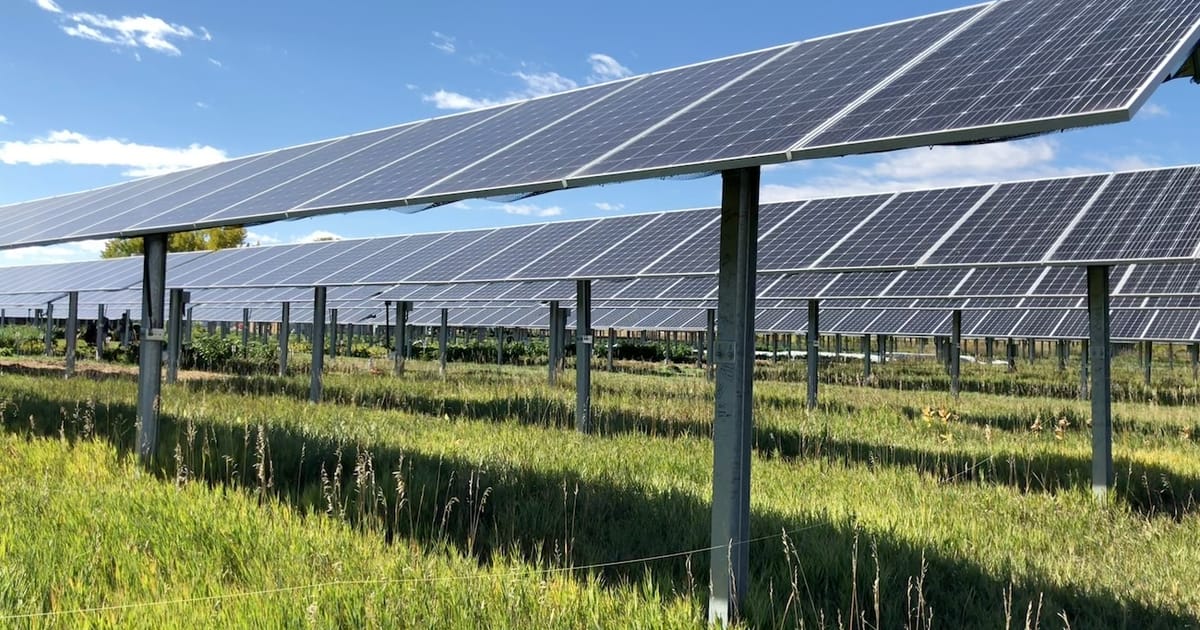The sun showers us all with energy, but not everyone can put solar panels on their roofs to harness it for themselves. Enter community solar, an increasingly popular way to expand access to solar and help fix its equity issues. For the first time, evidence shows that it’s working.
Community solar allows customers to reap electric bill savings by subscribing to a share of a local solar project, rather than installing their own array. It’s an arrangement that ideally makes the benefits of solar more accessible to people who live in rental or multifamily housing and those who just can’t afford the upfront cost of rooftop systems. Forty-two states have community solar projects in place — but the precise nature of who has benefited remained unclear. Until now.
A June study by researchers from the Lawrence Berkeley National Laboratory and the National Renewable Energy Laboratory that analyzed data from 11 states found that people who adopt community solar are 6.1 times more likely to live in multifamily buildings, are 4.4 times more likely to rent, and earn 23 percent less annual income than rooftop solar adopters, who skew wealthy.
“Community solar is delivering on its promise,” said Eric O’Shaughnessy, the lead author of the peer-reviewed study, an affiliate at LBNL, and a renewable energy research analyst at Clean Kilowatts.
This study brought together demographic data, both measured and modeled, from more than 100,000 rooftop solar owners and 75,000 community solar adopters, O’Shaughnessy said. Notably, California wasn’t included; it lacks a robust community solar market — and regulators seem hell-bent on keeping it that way. Still, the analysis covers “most of the key community solar markets,” which together cover about 4.2 gigawatts of community solar installed, or more than half of the national total.
Despite finding overall that community solar boosts clean energy access, the team found that the offering doesn’t increase solar access among minorities. Asians, Asian Americans, Blacks, and Latinos aren’t any more likely to adopt community solar than rooftop solar — at least not yet.
The reasons are still foggy, but minority households may be more skeptical of how community solar is advertised, O’Shaughnessy said, citing feedback from a low-income community solar advisory group. Imagine a community solar project enroller shows up at someone’s door with a clipboard and says they can get free solar without installing anything; if they just sign up, they’ll start saving money immediately. “A lot of people are really suspicious of that,” he said. “It can sound too good to be true.”
This post was originally published on 3rd party site mentioned in the title of this site





